How the Times Square New Year's Eve ball drop has changed over the years
Why the 116-year-old New York City tradition began, and what it's looked like through the decades
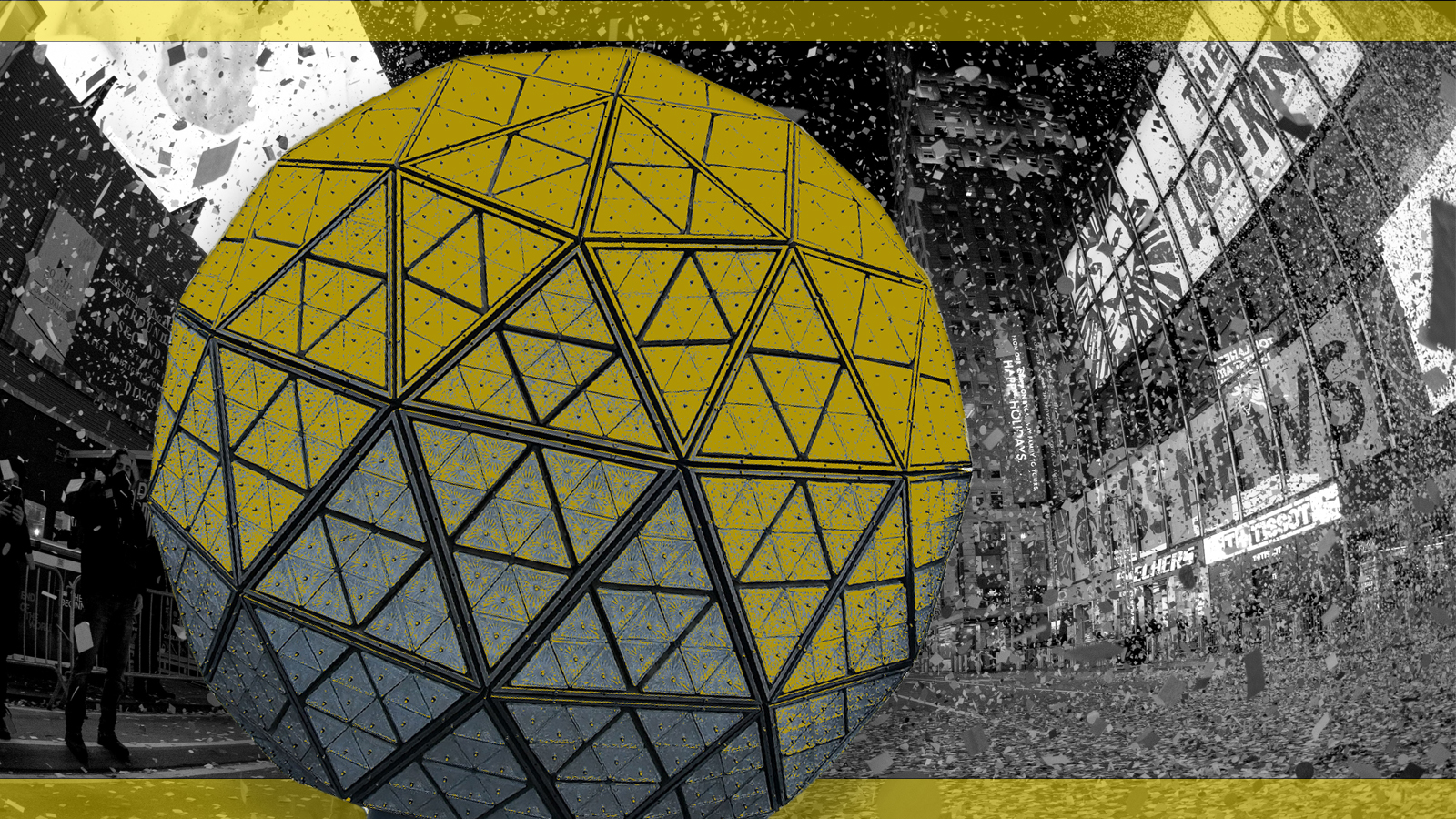
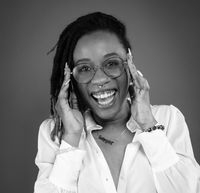
On Dec. 31, or New Year's Eve, thousands of people will gather in New York City's Times Square for the annual ritual of watching the spectacularly lit ball drop to ring in the new year. Millions more will tune in from home to witness the chaotic revelry of the Times Square celebration, a tradition that started as early as 1904, according to the Time Square Alliance. The time ball was introduced to the party in 1907 and has been lowered yearly, except for 1942 and 1943, due to wartime blackouts. 2020 was the first time since its inception that people were barred from witnessing the ball drop in person due to the COVID-19 pandemic, though the event returned to normal the following year.
Here's a brief timeline of the evolution of the Times Square New Year's Eve Ball drop.
1. 1907
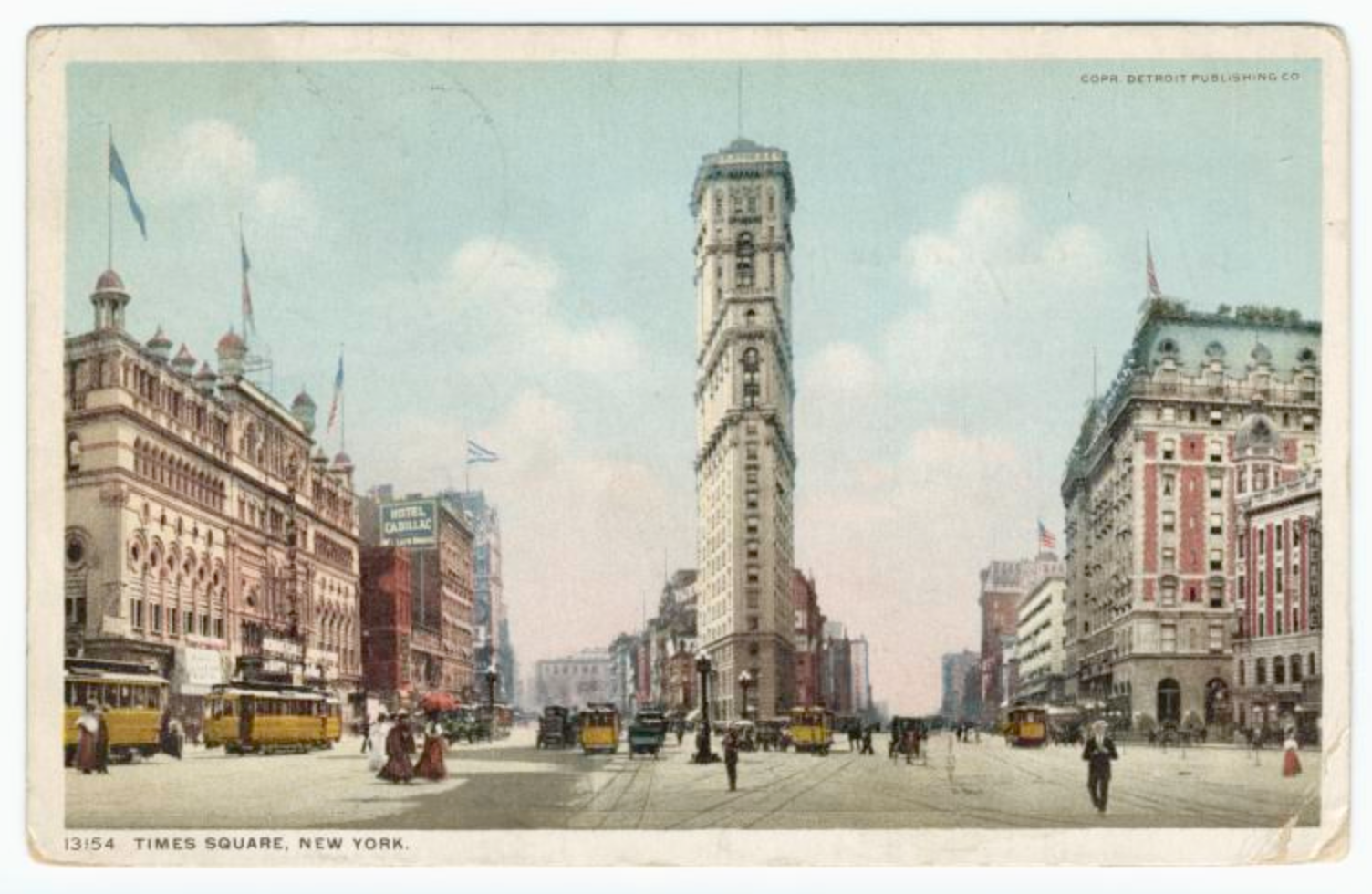
The first New Year's Eve Ball was commissioned by Adolph Ochs, publisher of The New York Times, per the Times Square Alliance. Ochs began throwing New Year's Eve parties in 1905 to celebrate the Times' new headquarters in the eponymous square in Manhattan, including dazzling fireworks displays from atop the One Times Square building. When he could not secure a fireworks permit for his 1907 celebration, he commissioned signmaker and metalworker Jacob Starr to create a visual display. Starr created a time ball inspired by the 19th-century nautical devices used to help sailors coordinate their time while at sea. The ball was made of wood and iron and covered with a hundred 25-watt light bulbs. It weighed 700 pounds and was five feet in diameter. For most of the 20th century, Starr's sign company Artkraft Strauss was responsible for lowering the Ball.
The Week
Escape your echo chamber. Get the facts behind the news, plus analysis from multiple perspectives.

Sign up for The Week's Free Newsletters
From our morning news briefing to a weekly Good News Newsletter, get the best of The Week delivered directly to your inbox.
From our morning news briefing to a weekly Good News Newsletter, get the best of The Week delivered directly to your inbox.
His granddaughter, Tama Starr, who served as foreperson of the Times Square ball drop for many years, told CNN, "The idea was to ... have it illuminated with the brand-new electricity that had just come up to the neighborhood. And it was lowered by hand ... starting at one minute to midnight, and that was the way it was done for many years."
2. 1920
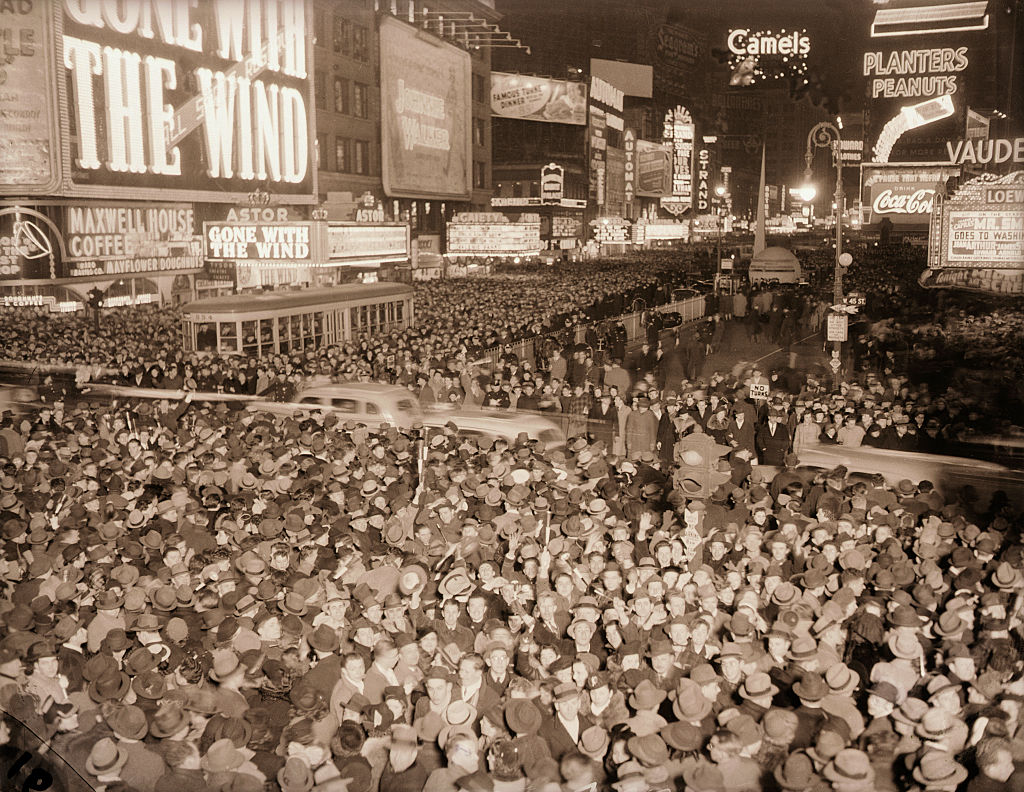
In 1920, Artkraft Strauss designed a new ball for the traditional drop. The design weighed only 400 pounds and was made entirely of wrought iron. It lacked some of the dazzling lighting that we've come to associate with the celebratory ball. The second iteration of the Times Square ball would be used for the next 35 years of New Year's Eve celebrations.
3. 1955
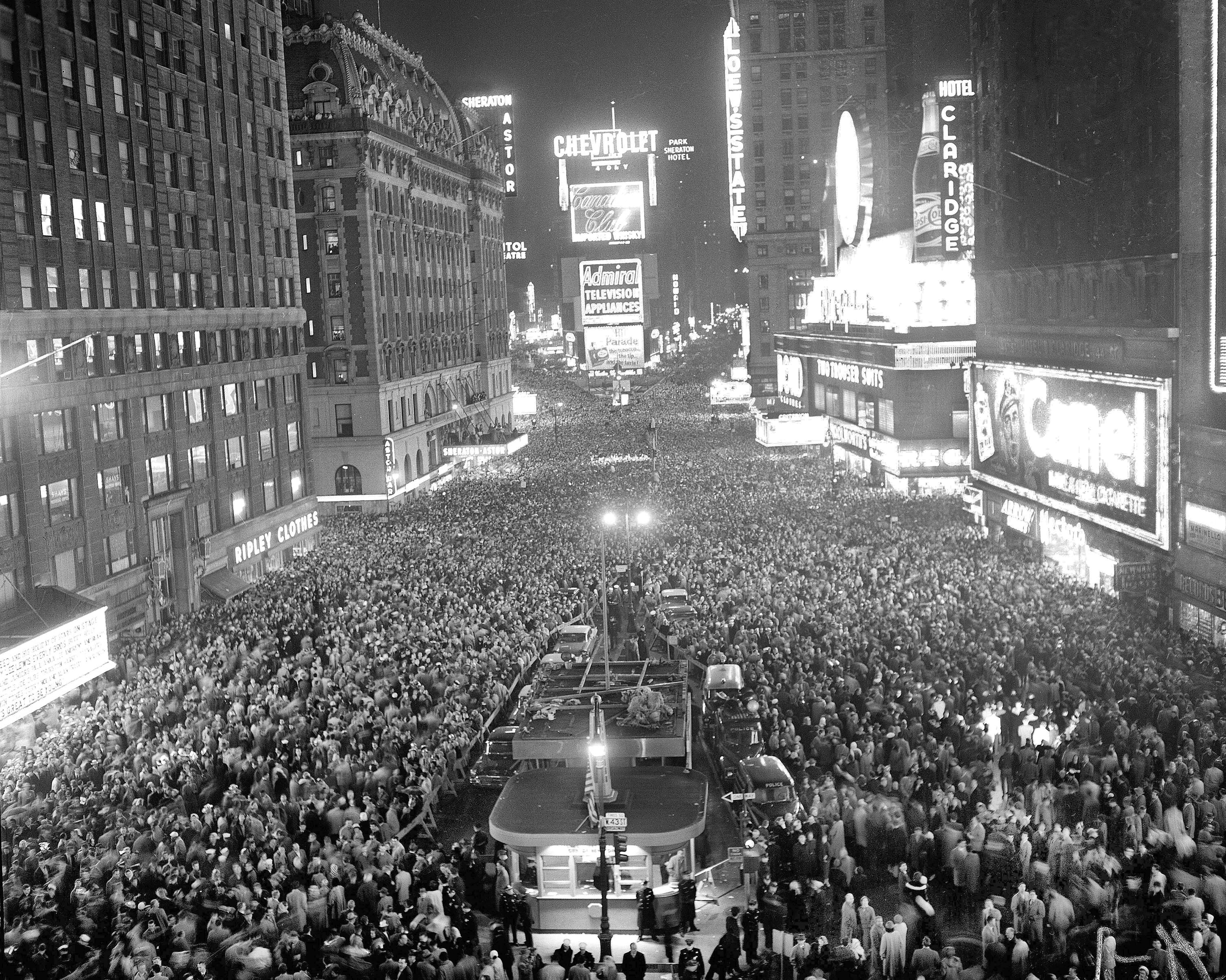
Artkraft Strauss redesigned the ball again in 1955. The wrought iron ball was replaced with an aluminum ball that kept the same dimensions as its predecessors, though it weighed only 150 pounds. The aluminum ball was used throughout the rest of the 20th century, remaining largely unchanged until the 1980s.
A free daily email with the biggest news stories of the day – and the best features from TheWeek.com
4. 1981
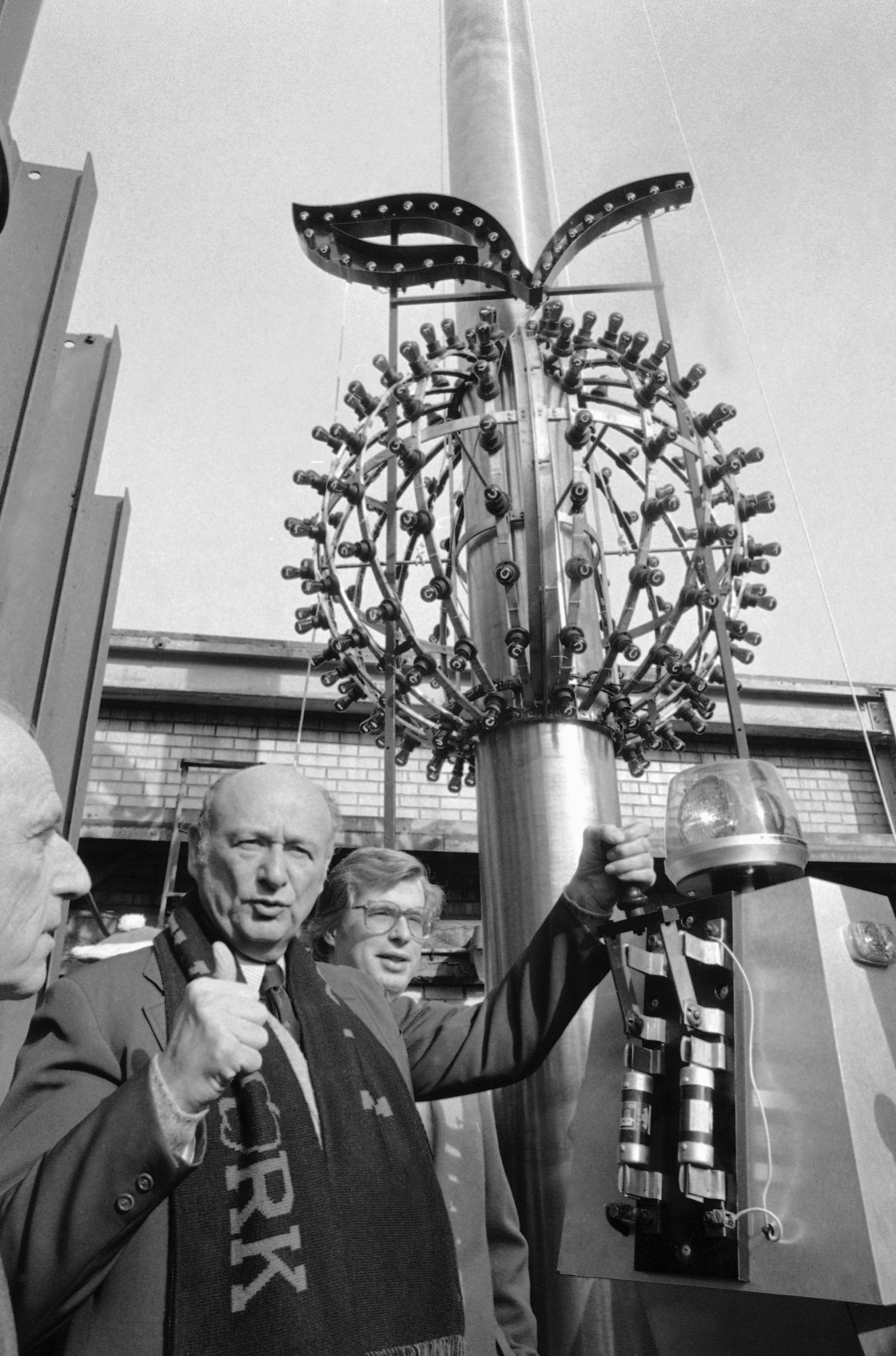
From 1981 to 1988, former New York City mayor Ed Koch redesigned the ball with red light bulbs and a green stem to convert the ball into an apple. The Big Apple design was part of the city's "I Love New York" marketing campaign to drum up tourism in the face of waning popularity during the crime-ridden era. After seven years, the traditional white aluminum ball made its comeback until the ball's next major update.
5. 1995
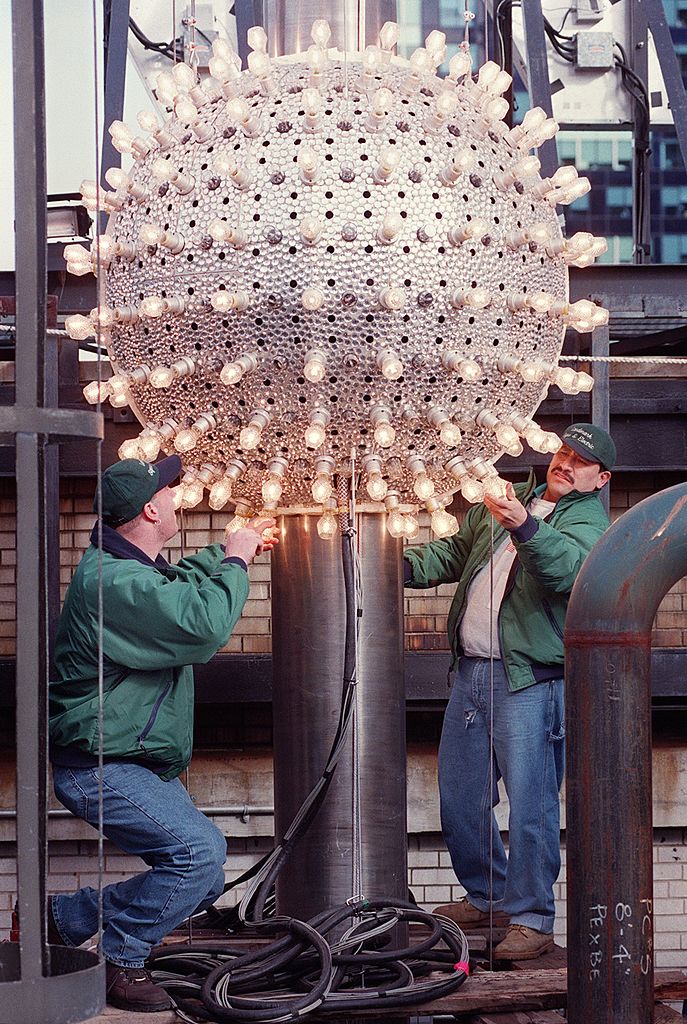
The aluminum ball was upgraded in 1995 with new aluminum skin, rhinestones, strobes, and computerized controls. The technological advancements changed how the ball drop was facilitated, eliminating the need for sign makers to run the ceremony. Artkraft Strauss, the company that brought the ball drop tradition to Times Square, was no longer needed to oversee the event, per CNN. The Times Square Alliance says the aluminum ball remained in use until it was retired after New Year's Eve 1998.
6. 2000
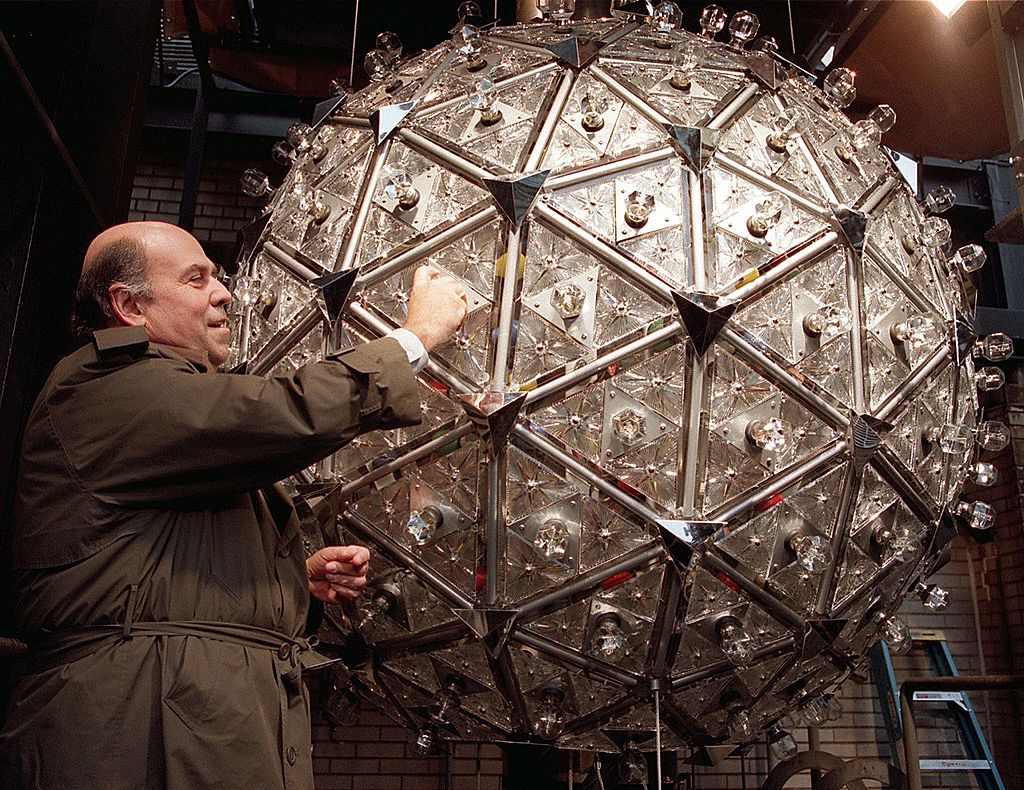
The fourth ball was created for Times Square 2000, celebrating the beginning of the 21st century. Waterford Crystal and Philips Lighting designed the crystal millennium ball, completely rehauling the technology and visual design for the turn of the century. The crystal ball was six feet in diameter, and weighed 1,070 pounds. The elaborate lighting comprised over 600 halogen light bulbs and nearly 100 strobes and mirrors encased by Waterford crystal triangles. At the time, the innovative ball was the most technologically advanced in the tradition's history.
7. 2007

For the centennial anniversary of the Times Square ball drop, Waterford Crystal and Philips Lighting created a new crystal ball to rival their first collaboration. For the Centennial Ball, they replaced the previous century's incandescent and halogen light bulbs with new Philips Luxeon LED bulbs. The state-of-the-art technology allowed for elaborate color combinations and spectacular brightness. Phillips equipped the 1,415-pound ball with over 9,500 energy-efficient LEDs to illuminate 600-plus crystals encasement.
8. 2009

Inspired by the energy efficiency and beauty of the crystal Centennial Ball, the owners of One Times Square decided to have a permanent ball fixture set on top of the building in 2009. Waterford Crystal and Philips Lighting came together again to create the latest variant, the "Big Ball." It is covered in 2,688 Waterford Crystal triangles, encasing 32,256 Philips Luxeon LED lights. It was also made weatherproof so that it could sparkle down over Times Square year-round. The Big Ball weighs nearly six tons and is twelve feet in diameter.
Theara Coleman has worked as a staff writer at The Week since September 2022. She frequently writes about technology, education, literature and general news. She was previously a contributing writer and assistant editor at Honeysuckle Magazine, where she covered racial politics and cannabis industry news.
-
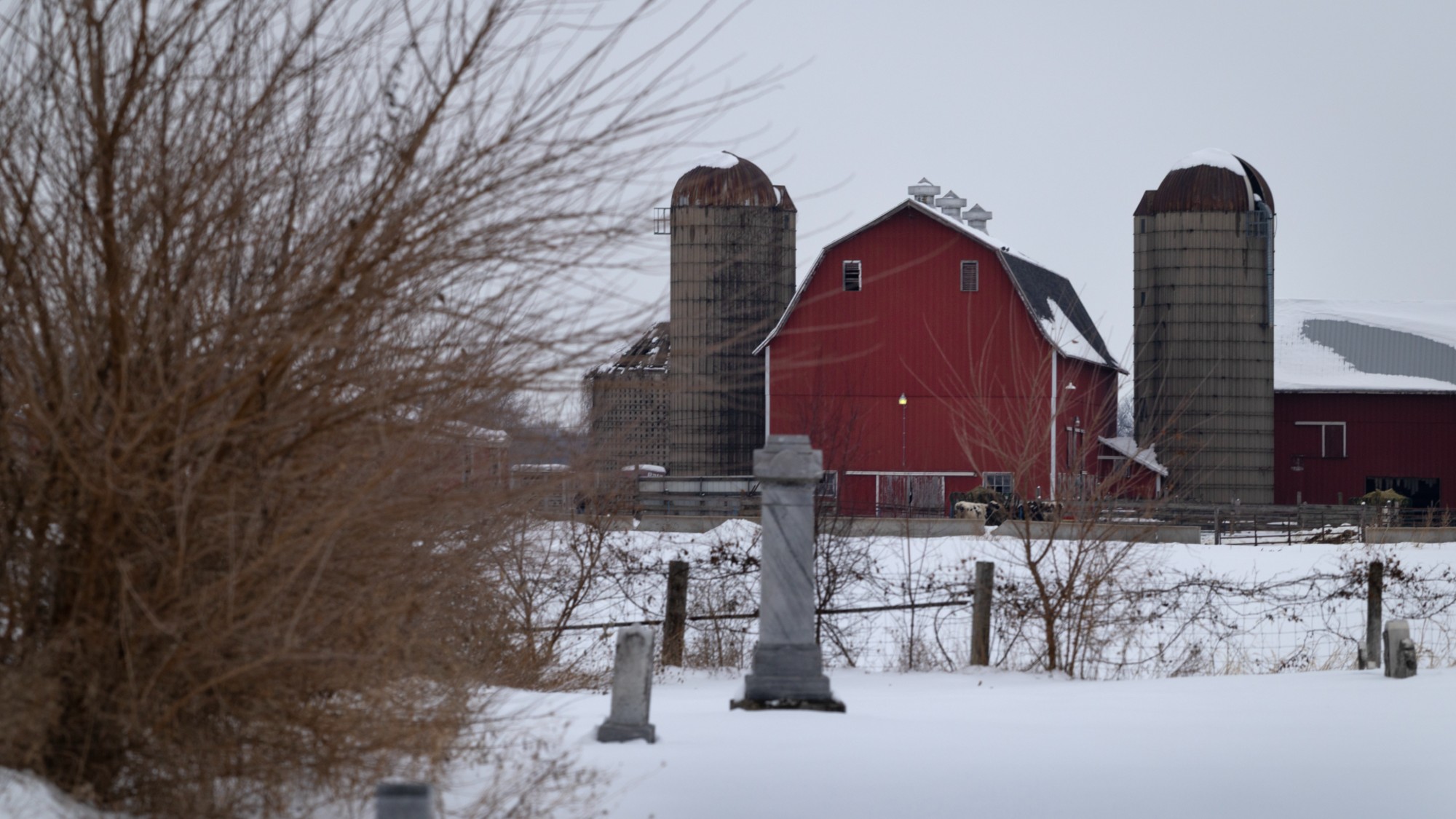 Will Trump’s $12 billion bailout solve the farm crisis?
Will Trump’s $12 billion bailout solve the farm crisis?Today’s Big Question Agriculture sector says it wants trade, not aid
-
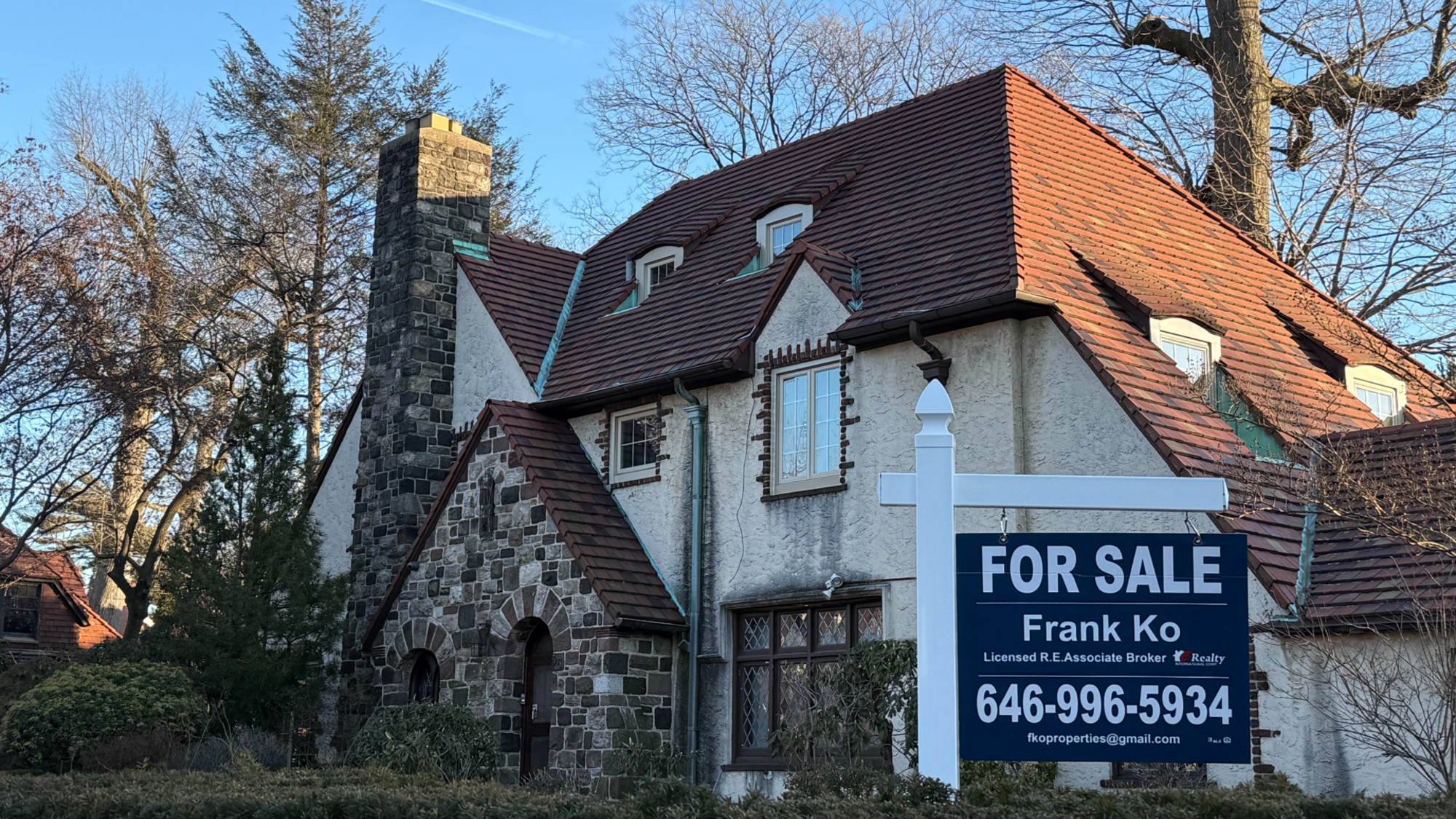 ‘City leaders must recognize its residents as part of its lifeblood’
‘City leaders must recognize its residents as part of its lifeblood’Instant Opinion Opinion, comment and editorials of the day
-
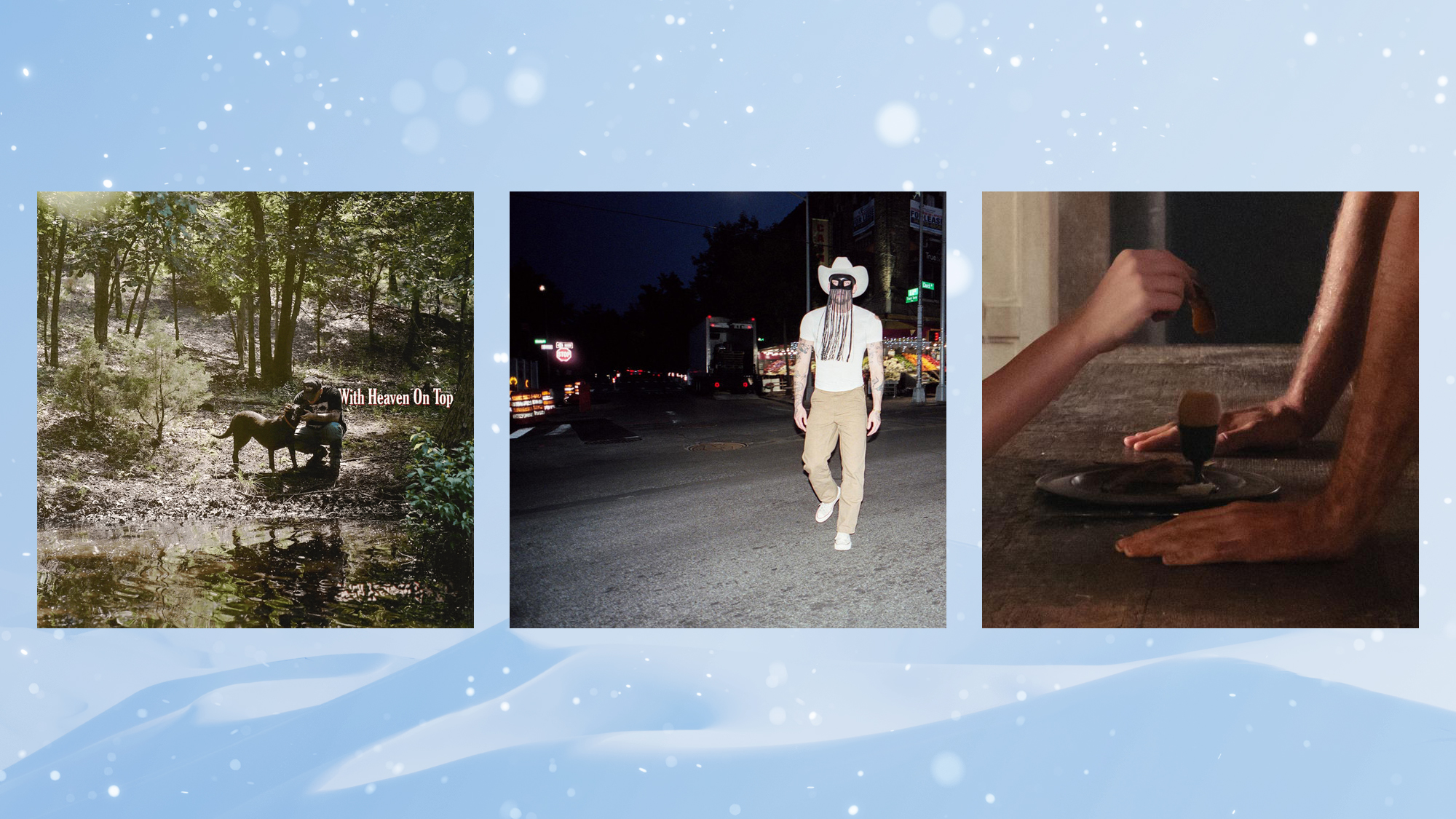 10 upcoming albums to stream during the winter chill
10 upcoming albums to stream during the winter chillThe Week Recommends As the calendar turns to 2026, check out some new music from your favorite artists
-
 11 extra-special holiday gifts for everyone on your list
11 extra-special holiday gifts for everyone on your listThe Week Recommends Jingle their bells with the right present
-
 10 great advent calendars for everyone (including the dog)
10 great advent calendars for everyone (including the dog)The Week Recommends Countdown with cocktails, jams and Legos
-
 Sowaka: a fusion of old and new in Kyoto
Sowaka: a fusion of old and new in KyotoThe Week Recommends Japanese tradition and modern hospitality mesh perfectly at this restored ryokan
-
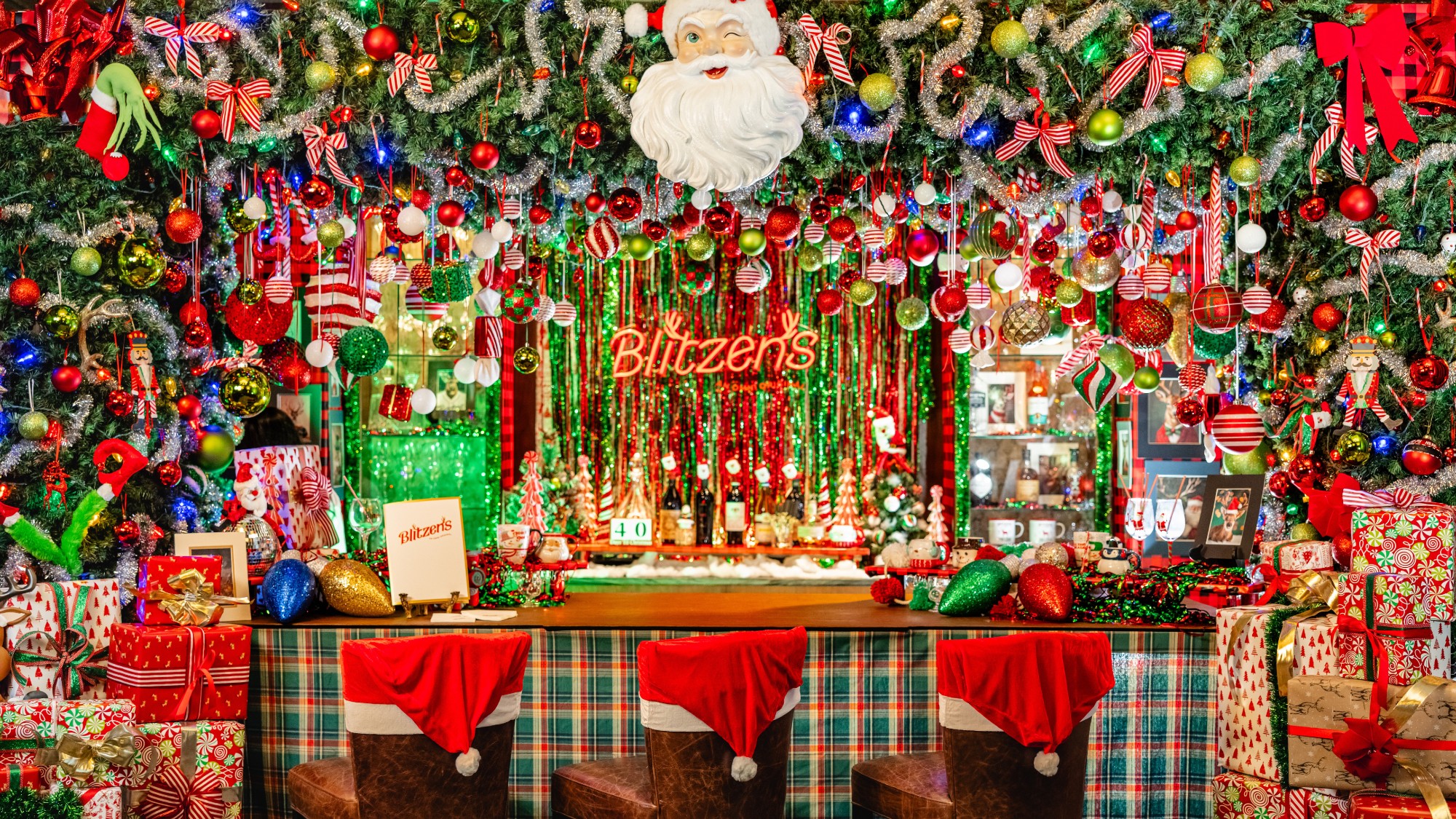 7 festive hotels that get decked out for the holidays
7 festive hotels that get decked out for the holidaysThe Week Recommends These properties shimmer and shine all December long
-
 10 holiday presents sure to bring joy to everyone on your list
10 holiday presents sure to bring joy to everyone on your listThe Week Recommends Wrap it up: With this guide, your holiday shopping is done.
-
 The holidays need an array of dishes. These 7 recipes to the delicious rescue.
The holidays need an array of dishes. These 7 recipes to the delicious rescue.The Week Recommends New Year's Eve, post-gathering brunch and a healthy vegetable contrast are all present.
-
 4 tips for hosting an ecofriendly Thanksgiving
4 tips for hosting an ecofriendly ThanksgivingThe Week Recommends Coming together for the holidays typically produces a ton of waste, but with proper preparation, you can have an environmentally friendly gathering.
-
 Stay sharp with the country's best knife shops
Stay sharp with the country's best knife shopsThe Week Recommends A dull knife is a kitchen's worst nightmare
